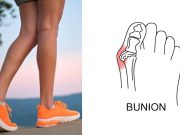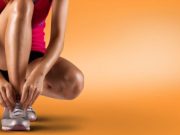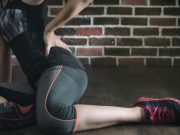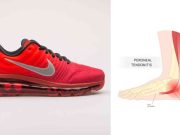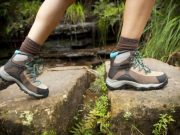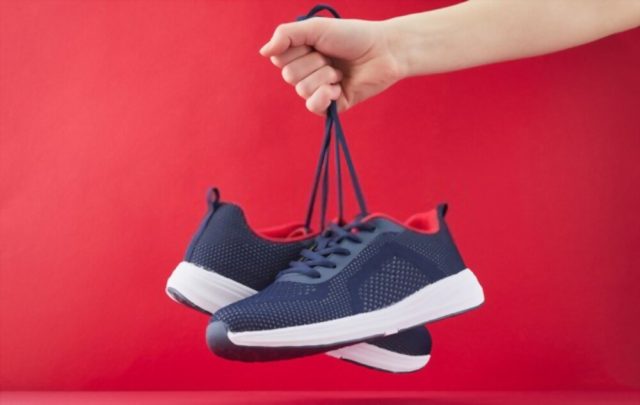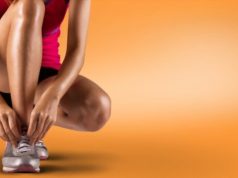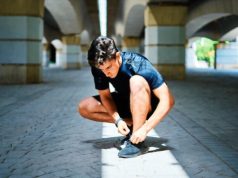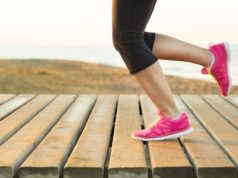Are you an avid runner or looking to start running? Having the right shoes is essential for any runner, and picking the right one can be overwhelming.
In this blog, we’ll explore the key factors you should consider when selecting a running shoe, from lightweight materials and cushioning to heel-to-toe drops and upper materials. We’ll provide you with all the information you need to make an informed decision and develop a long-term relationship with your running shoes!
Table of Contents
What to look for in running shoes:
01: Lightweight
Lightweight designs can be a great choice when looking for the right running shoes. Lightweight running shoes are designed for faster workouts and races and are less durable than everyday shoes. Generally, they will feature less cushioning and a lower heel-to-toe drop, allowing you to move quickly and easily. Choosing a lightweight shoe that offers adequate support is important, as too little support can lead to discomfort and injury. Be sure to look for a wide toebox that stays out of the way and allows your forefoot to flex and spread out naturally. Additionally, look for breathable materials that keep your feet cool and comfortable during your runs.
02: Don’t Assume Your Size
When finding the right running shoes, it’s important not to assume your size. Every brand varies slightly in size, and it’s important to try on multiple pairs to ensure the correct fit. The most important criterion for finding the perfect running shoes is that they should fit comfortably with a thumb space between your toe and the end of the shoe. Additionally, ensure you wear the type of socks you normally wear when you go running, as this will help determine if the shoe fits properly. With these tips, you’ll surely find the perfect running shoes.
03: Stability
When it comes to stability, the right running shoe will provide support for your foot, ankle, and lower leg muscles. It should be flexible enough to allow your foot to move naturally and provide enough resistance to keep it from over-pronating. Look for a running shoe with a low heel-to-toe drop, which will help you maintain a stable and comfortable running gait and ensure that the cushioning is evenly distributed across your foot. Additionally, look for a shoe with an upper that wraps snugly around the foot and has a secure lacing system. This will help keep your foot in place when running and reduce the chances of slipping or rolling an ankle.
04: Choose the Right Style
When choosing the right style of running shoes for you, there are several factors to consider. First, you want to ensure a lightweight shoe that won’t weigh you down. Second, don’t assume your size will be the same across all brands—try on different styles and sizes to find the perfect fit. Third, stability is key for those prone to overpronation or supination. Lastly, choose a style that provides the right cushioning for your feet and the terrain you will be running on. Heel and forefoot cushioning should provide just the right support, while a low heel-to-toe drop can help with balance and stability. Furthermore, look for a breathable and flexible upper material to provide your feet with comfort and ventilation throughout your run.
05: Heel and Forefoot Cushioning
When choosing the right running shoes, heel and forefoot cushioning should not be overlooked. Heel cushioning is the midsole material that supports the arch and helps protect your feet from impact when you run. Forefoot cushioning helps protect your toes and provides comfort. When selecting a running shoe, look for an insole that matches the shape of your foot and provides ample cushioning. Additionally, look for shoes with a heel-to-toe drop that doesn’t exceed 10mm. This will ensure your foot remains protected from impact and provides enough stability for a comfortable stride.
06: Check the Heel-Toe Drop
When choosing the right running shoes, it’s important to check the heel-to-toe drop. Depending on your running style, you may prefer a higher heel drop as this will provide more cushioning under your heel than your toes. It’s important to consider your foot strike when choosing a heel drop, so always test them properly before buying them. Padding around on a carpeted shop floor won’t give you an accurate reading of how the shoes will feel when running outdoors.
07: Choose the Right Cushioning
When choosing the right cushioning for your running shoes, it is important to consider your running style and preferences. If you are a more aggressive runner, you may want to look for shoes with more cushioning and shock absorption. On the other hand, if you are a more lightweight runner, you may prefer a more minimalistic style of shoe with less cushioning. Make sure you try on a few different styles and brands before making your decision so that you find the one that best fits your needs.
08: Look for Breathability
When looking for the perfect running shoe, breathability is a key factor. Breathable materials keep your feet cool and comfortable during your runs. Look for shoes made with mesh and other lightweight materials to ensure you can keep your feet ventilated and dry. Ensure the shoes fit snugly against your foot but allow air to flow through. If the shoe feels too tight against the foot, it may indicate it’s not breathable enough. It’s important to avoid synthetic materials, as they tend to trap heat and moisture. Taking the time to look for breathable running shoes will ensure you stay comfortable on every run.
Our Latest Article:
01: Best running shoes for heavy men
02: Best Running Shoes For Fat Guys
03: Best Running Shoes For Teenager Boy
04: Best running shoes for lower back pain
Conclusion
Choosing the right running shoes can be daunting, especially for beginners. However, there are several key factors to consider when selecting a new pair of shoes. The first consideration should be lightweight construction, which will help you move easily and stay comfortable on your runs. Furthermore, you should pay attention to the heel-to-toe drop, upper material, breathability, and stability. Considering all these points, you can find a pair of running shoes that will provide you with the perfect fit and support you need to enjoy every run.





